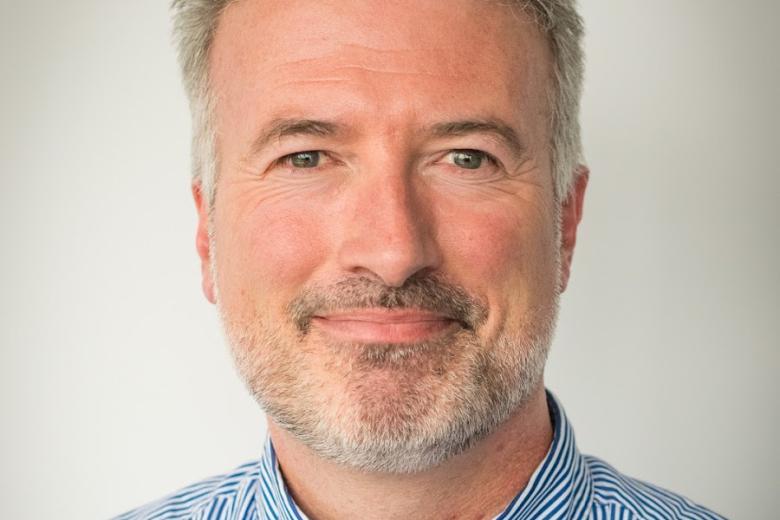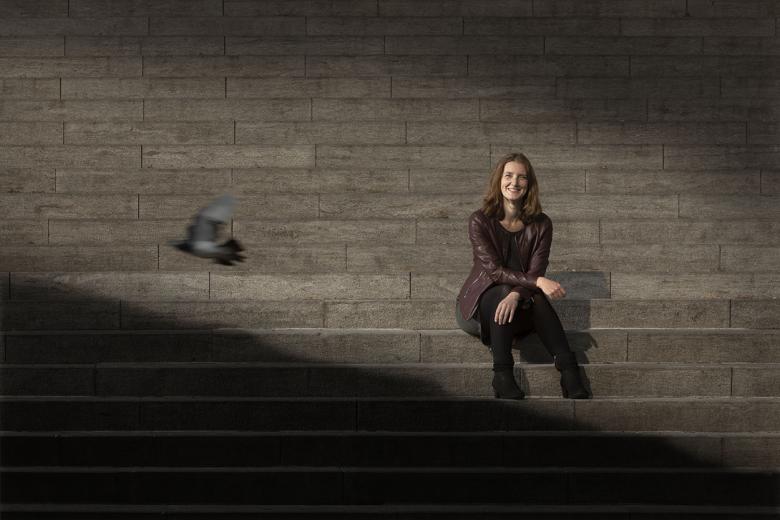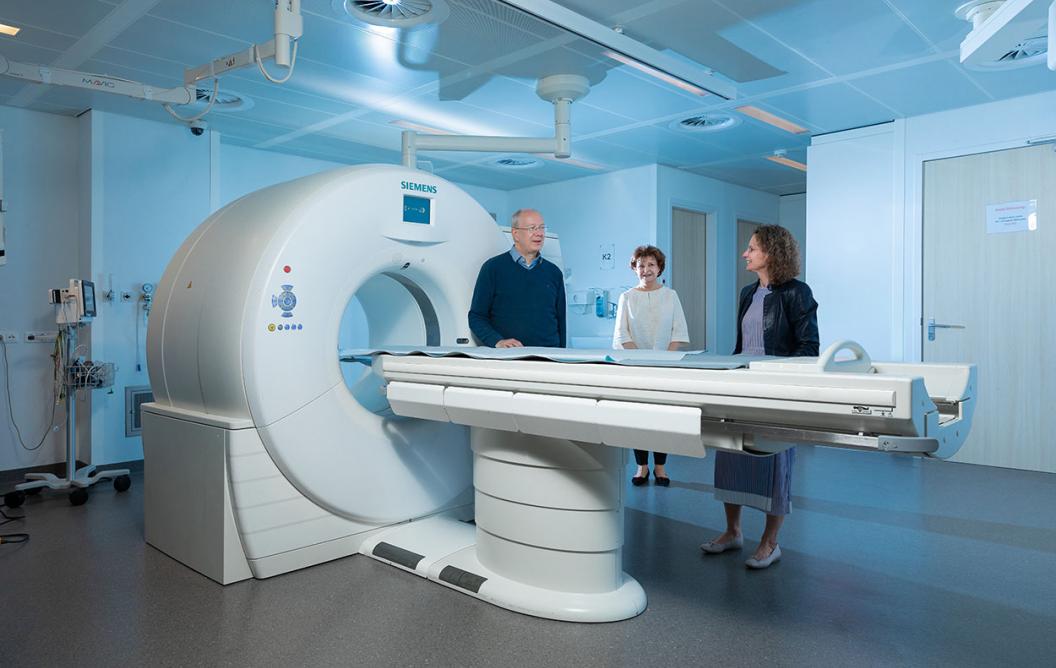Forensics at UM: broad, innovative and multidisciplinary
When we think of forensic medical research, we usually associate it with crime investigation. But there’s so much more to it than that. With no fewer than three forensics chairs, Maastricht University is unique in the Netherlands. Bela Kubat, professor of Forensic Pathology, Paul Hofman, professor of Forensic and Post-mortem Radiology, and Wilma Duijst, professor of Forensic Medicine and Health-Related Criminal Law, discuss the developments in their field. The first students of the new-style forensic medicine will graduate this year.
All three professors agree that with their different areas of expertise, they complement and strengthen one another. “It opens up doors for us to take great strides forward, and we’re seizing that opportunity,” Hofman says. “The Netherlands conducts fewer post-mortem examinations than almost any other country in Europe. Here we’re always looking for the most cost-efficient way to achieve the highest quality result. There’s a lot of room for improvement, but we’re well on our way.”
Final tool for healthcare quality
In Maastricht, clinical autopsies are performed not only in the case of crime investigations, but also to allow for the study of the healthcare system. What did the person die of? Did they receive the right treatment? Did anything go undiscovered? And what can all this tell us about the quality of healthcare in the Netherlands? Kubat: “Clinical autopsies are an important final tool in quality assurance. Research shows that, despite all the modern technologies in hospitals, there’s a considerable discrepancy between what the attending physician considers the cause of death and what actually appears to be the cause of death. You can use the information obtained through a post-mortem to check the quality of your hospital. And doctors can learn from it too.” Hofman: “This kind of research has been done in several wards at the MUMC+ where accurate records were kept of the cause of death according to the attending physician. The deceased patients were then examined using post-mortem radiological examination, and numerous autopsies were performed. The attending physicians turned out to have correctly determined the cause of death in only 50% of cases.”
Kubat: “That’s not to say that doctors are doing it wrong. The cause of death is often very difficult to determine clinically. We can look inside the body; something a doctor can’t do with a live patient. It’s important for both the next of kin and the doctor to know the correct cause of death. And it’s important for national statistics, because they feed into the government’s policy and funding of healthcare. The more accurate the statistics, the better the available money can be channelled towards the most prevalent types of disease.”
Also read
-
Empowering Smallholder Farmers in the Data Economy: Unlocking Opportunities and Overcoming Obstacles
Frederik Claasen, the head of policy at our partner organisation Solidaridad Network on the opportunities and obstacles facing smallholder farmers in their data ecosystems.
-
The scientist, the chef and her passions
Anne Roefs was awarded a Vici grant of €1.5 million. The professor of Psychology and Neuroscience of Abnormal Eating, was tossing up between a career as a scientist or a top chef.
-
Vulnerable victims can use all the support they can get
Sexual harassment in public is becoming a punishable offence. It’s a good idea, says Suzan van der Aa, professor of Criminal Law and Criminal Procedure, but one that doesn’t go far enough. “Sexual harassment in the workplace is common too, and usually has a greater impact on the victims.”
